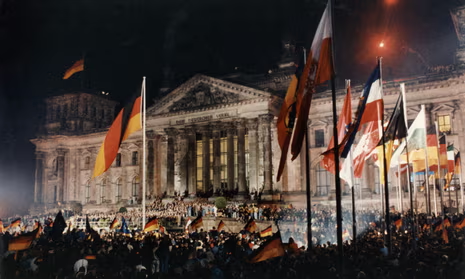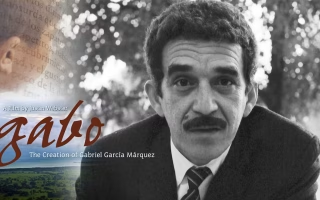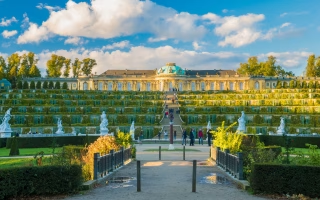lotusyouthcouncil.com – The reunification of Germany on October 3, 1990, marked a pivotal moment in world history, symbolizing the end of the Cold War and the beginning of a new era for Europe. This historic event brought together two distinct countries—East Germany and West Germany—into a single, unified nation. The journey to reunification was complex and fraught with challenges, but it laid the foundation for the modern Germany we know today.
The Division of Germany
In the aftermath of World War II, Germany was divided into four occupation zones controlled by the Allied powers: the United States, the United Kingdom, France, and the Soviet Union. This division eventually led to the creation of two separate states in 1949: the Federal Republic of Germany (West Germany) and the German Democratic Republic (East Germany). The Berlin Wall, erected in 1961, became the most potent symbol of this division, separating families and restricting freedom for nearly three decades.
The Path to Reunification
The late 1980s saw significant political and social changes across Eastern Europe, with calls for reform and greater freedoms growing louder. In East Germany, mass protests and the weakening of Soviet influence under Mikhail Gorbachev’s policies of glasnost and perestroika created a climate ripe for change. On November 9, 1989, the Berlin Wall fell, paving the way for reunification. The event was met with joy and celebration, as East and West Germans embraced their newfound freedom and the possibility of a shared future.
The Challenges of Unification
Reunifying East and West Germany was not without its challenges. The two regions had developed distinct political, economic, and social systems over the decades of separation. Integrating these differences required substantial effort, with the West German government investing heavily in the redevelopment and modernization of the East. This included addressing disparities in infrastructure, employment, and living standards, as well as fostering a sense of national unity and identity.
Economic Transformation
One of the most significant aspects of reunification was the economic transformation of East Germany. The transition from a centrally planned economy to a market-oriented system required extensive reforms and investments. While the process was initially difficult, with high unemployment and economic disparities, Germany eventually emerged as Europe’s largest economy. The reunification fostered innovation and growth, turning Germany into a global economic powerhouse.
The Role of Germany in the European Union
Reunification also reshaped Germany’s role within the European Union (EU). As a unified nation, Germany became a key player in European politics, advocating for integration and cooperation among EU member states. Germany’s leadership has been instrumental in addressing major issues such as economic stability, environmental policy, and international relations, reflecting its commitment to a strong and united Europe.
Social and Cultural Integration
The reunification of Germany brought about a renewed focus on social and cultural integration. Efforts to bridge the gap between East and West Germans included initiatives to promote cultural exchange, education, and understanding. Over time, the shared history and cultural heritage have helped forge a unified national identity, celebrating both the diversity and commonalities of the German people.
Conclusion
The reunification of Germany is a testament to the resilience and determination of its people to overcome division and build a brighter future. Modern Germany stands as a symbol of unity and progress, embodying the spirit of reconciliation and cooperation that continues to shape its national identity. As the country moves forward, it remains committed to fostering peace, stability, and prosperity both within its borders and across the world.




